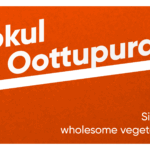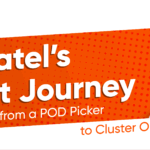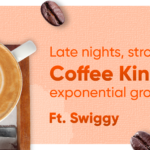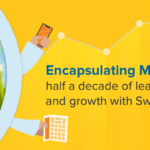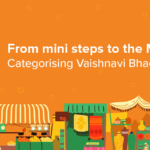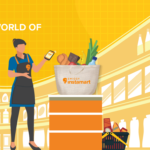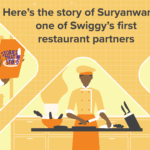Food packaging plays a crucial role in preserving our everyday meals’ freshness, safety, and convenience. Whether it’s a quick snack or a gourmet meal, the right packaging ensures that food remains uncontaminated, retains its flavor, and reaches consumers in perfect condition. Over the years, the food industry has evolved, introducing a variety of different types of food packaging materials to meet consumer needs. From traditional options like glass and metal to modern biodegradable alternatives, the choice of packaging impacts both food quality and environmental sustainability.
With increasing awareness of food safety and environmental concerns, choosing the right packaging material has never been more important. This blog will explore what makes a good packaging material, the different types of food packaging used today, and the future trends shaping the industry.
What Makes a Good Food Packaging Material?
A high-quality food packaging material should have the following characteristics:
- Durability: It should be strong enough to protect food from physical damage during transport and storage.
- Protection: It must prevent exposure to moisture, air, and contaminants that could lead to spoilage.
- Safety: Food-grade materials should be non-toxic and should not react with the food inside.
- Sustainability: With growing environmental concerns, packaging should be recyclable, reusable, or biodegradable to minimize waste.
By balancing these factors, food manufacturers can choose the most suitable material for different types of food products, ensuring quality while reducing environmental impact.
Exploring the Different Types of Packaging Materials for Food
The food industry relies on a variety of packaging materials to cater to different products and storage conditions. Here’s a look at the most commonly used options:
1. Plastic Packaging
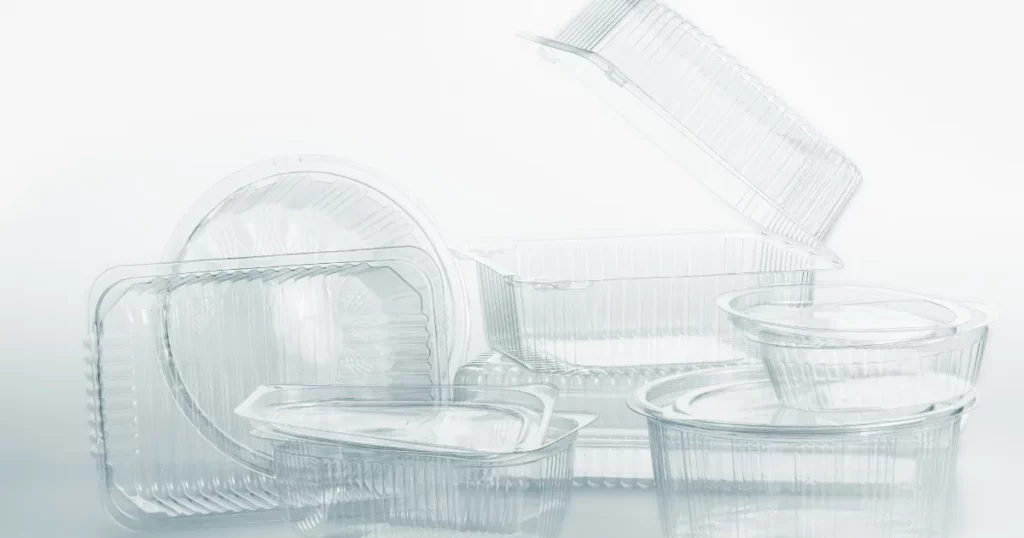
Plastic is one of the most widely used different types of food packaging materials due to its versatility and cost-effectiveness. It is lightweight, durable, and can be molded into various shapes, making it ideal for everything from beverage bottles to ready-to-eat meal containers.
- Advantages: Waterproof, lightweight, and affordable.
- Disadvantages: Environmental concerns due to plastic waste and difficulty in recycling certain types of plastic.
2. Glass Packaging
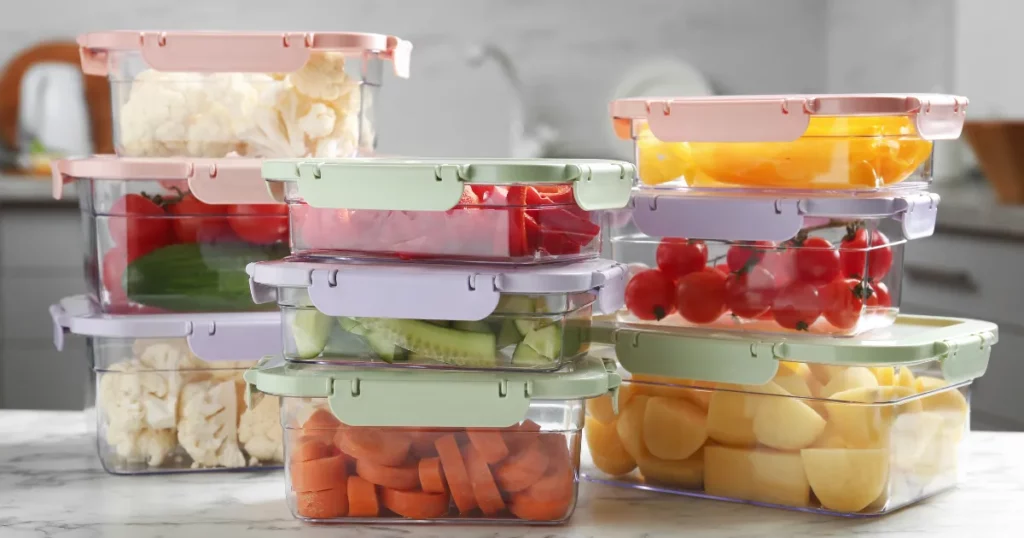
Glass has been used for food packaging for centuries due to its non-reactive and recyclable nature. It is commonly used for beverages, sauces, and preserved foods like jams and pickles.
- Advantages: 100% recyclable, retains food flavor and does not leach chemicals.
- Disadvantages: Heavy, breakable, and more expensive than plastic.
3. Paper and Cardboard Packaging
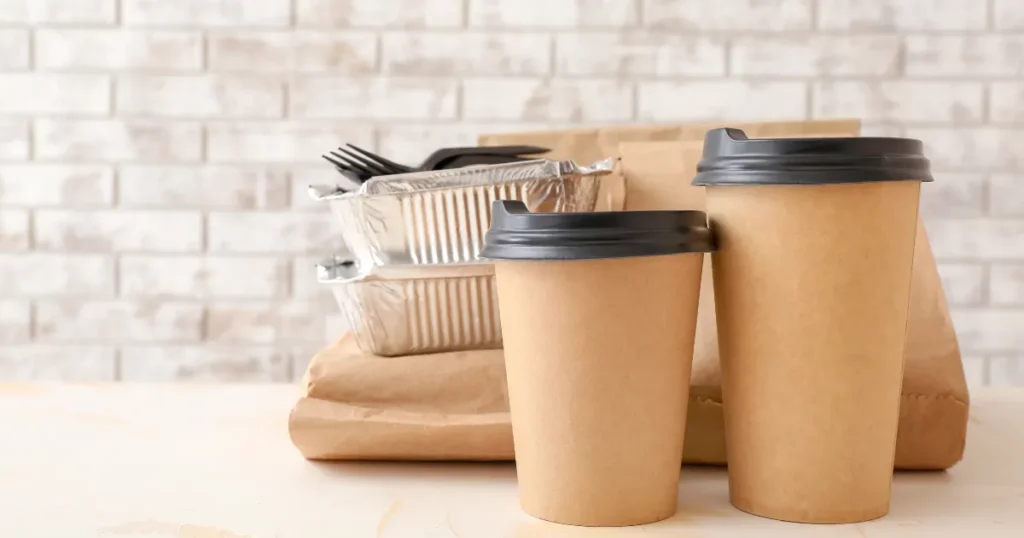
Paper and cardboard are popular choices for eco-friendly packaging, often used for takeout boxes, bakery products, and cereal boxes. These materials are biodegradable, recyclable, and lightweight.
- Advantages: Sustainable, customizable, and cost-effective.
- Disadvantages: Less durable and prone to moisture damage.
4. Metal Packaging
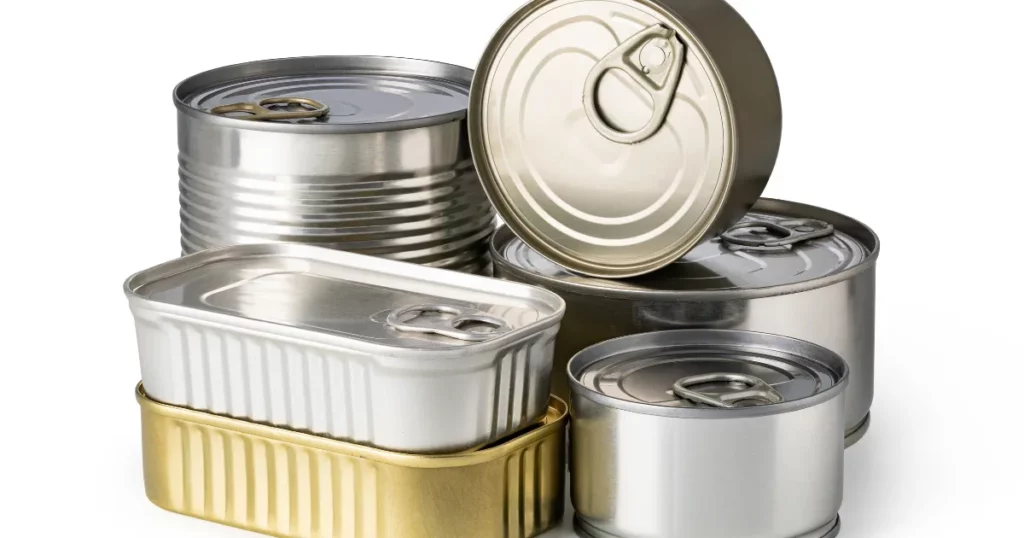
Metal, especially aluminum and tin, is widely used for packaging canned foods, beverages, and certain dairy products. It provides excellent protection against light, moisture, and air, keeping food fresh for extended periods.
- Advantages: Durable, airtight, and 100% recyclable.
- Disadvantages: Heavier and more expensive than some alternatives.
5. Biodegradable and Compostable Packaging
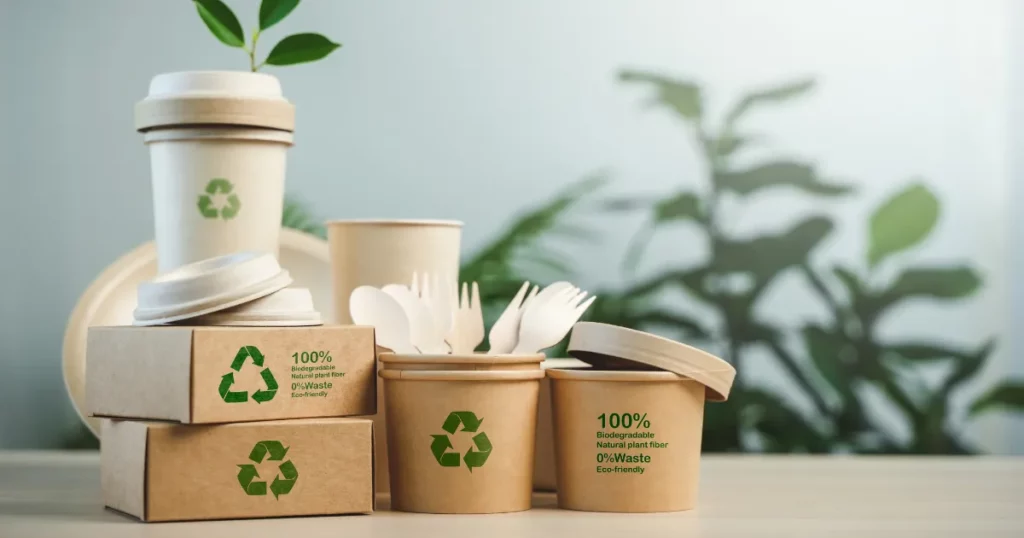
With the growing demand for sustainable solutions, biodegradable and compostable packaging materials have gained popularity. Many food delivery services, including Swiggy, are incorporating biodegradable packaging to reduce their ecological footprint while maintaining food quality.
These materials break down naturally over time, reducing environmental impact. Common options include plant-based plastics, cornstarch packaging, and biodegradable paper products.
- Advantages: Environmentally friendly, reduces waste, and supports sustainable practices.
- Disadvantages: Higher production costs and limited durability compared to plastic.
How Packaging Materials Affect Food Safety and Quality
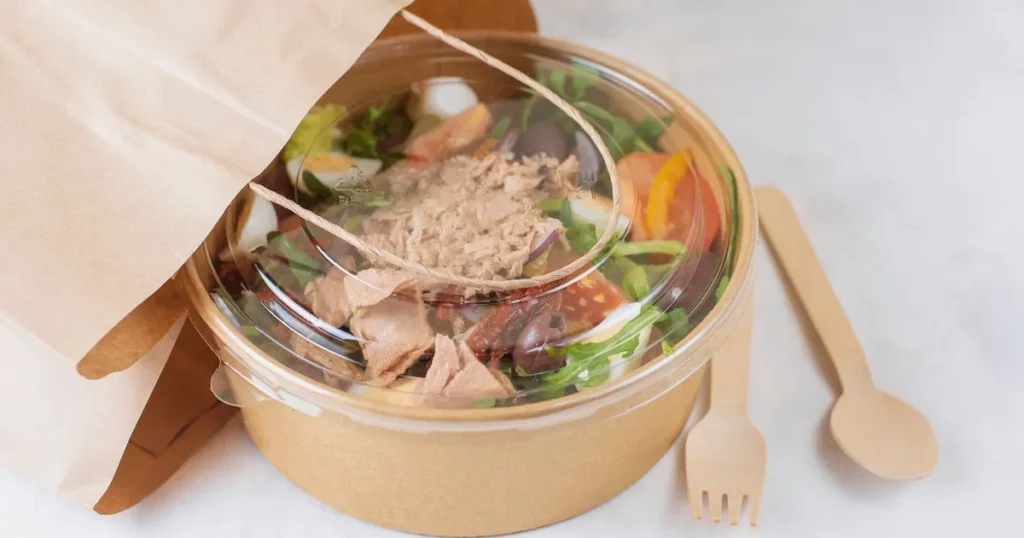
Here’s how the right packaging ensures food safety:
- Prevents Contamination: Airtight and tamper-proof packaging prevents bacteria, dust, and other contaminants from affecting food.
- Maintains Freshness: Packaging materials like vacuum-sealed plastic or metal cans extend the shelf life of perishable products.
- Protects Against Physical Damage: Durable packaging prevents food from getting crushed or broken during transport.
Choosing the right different types of food packaging is crucial to ensuring that food reaches consumers in its best condition while meeting health and safety standards.
The Future of Food Packaging: Innovations and Trends
As the food industry evolves, so does packaging technology. The future of food packaging is focused on sustainability, convenience, and smart packaging solutions. Key trends include:
- Edible Packaging: Innovations in edible films and coatings aim to reduce packaging waste by allowing consumers to eat the packaging along with the food.
- Smart Packaging: Advanced packaging with sensors that monitor freshness and alert consumers when food is about to spoil.
- Recyclable and Biodegradable Materials: A shift towards plant-based plastics and paper-based packaging to reduce environmental impact.
Conclusion: Choosing the Right Food Packaging
The right packaging material is essential for food safety, quality, and sustainability. With numerous different types of food packaging materials available, businesses must consider durability, cost, environmental impact, and food protection when making their choice.
From traditional options like glass and metal to modern biodegradable alternatives, food packaging continues to evolve to meet consumer needs. As innovations in sustainable materials advance, we can expect a future where packaging is functional and environmentally friendly.
FAQ
1. What is the difference between biodegradable and compostable packaging?
Biodegradable packaging breaks down naturally over time with the help of microorganisms, but it may take months or even years. Compostable packaging, on the other hand, breaks down much faster under composting conditions, turning into natural soil nutrients.
2. Can food packaging materials affect food safety?
Yes, certain packaging materials can impact food safety. For example, low-quality plastic can leach harmful chemicals into food, while damaged or improperly sealed packaging can lead to contamination. Choosing high-quality, food-safe materials is essential to ensure food remains fresh and safe.
3. What are the most common types of food packaging materials?
The most widely used different types of food packaging include plastic, glass, metal, paper, and biodegradable materials. Each has its advantages and is used for different food products based on preservation needs and sustainability considerations.
4. Is plastic packaging bad for the environment?
Single-use plastics contribute to pollution and take hundreds of years to decompose. However, recyclable and biodegradable plastic alternatives are being developed to reduce environmental impact.
Author Bio
Satisfying your cravings, one bite at a time. Discover the best eats, trends, and uncover the hidden gems with us to make your online ordering or dining experience a memorable one.








